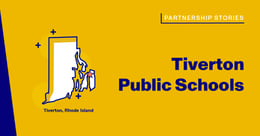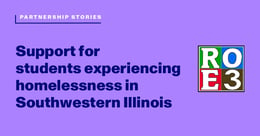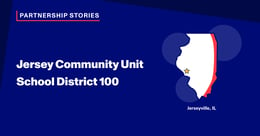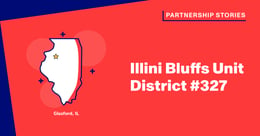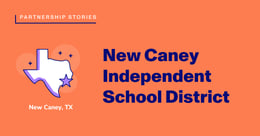
Driving impact: Paper’s approach to AI in education
The fast growth and adoption of AI technology, such as generative AI, is transforming the world. Although this shift is exciting, there are many open questions about the role AI will play in education and how we plan to integrate it into our support at Paper™.
AI isn’t new to Paper—and it’s going to be a big part of our future. For the last nine years, we’ve remained focused on how we can best support our students and intentionally integrate new technology into their learning experiences. We’ve been accelerating our conversations about how AI is becoming part of education and thinking about how we can further enhance students’ learning journeys while making sure AI is safely integrated.
Today, we’re excited to share Paper’s approach to AI. Of course, it’s one that’s aligned with our purpose to boost students’ confidence and prepare them to thrive in an ever-shifting world.
Paper’s history with AI
When we started Paper, we wanted to give all students access to high-quality academic support. We initially launched two successful AI- and automation-based projects: our student-tutor matcher, an algorithm that matches students with the right tutor based on their expertise and language support needs, and our tutor workforce automated scheduler, which optimizes coverage for our 24/7 learning platform. Both of these pieces of technology are still essential for our day-to-day operations to support millions of students.
Over the years, we’ve continued to invest in AI, recognizing that it will keep enriching education. We recently launched additional AI-driven features, such as speech recognition in Paper Reading to help students practice reading, and a learning outcome classifier that helps us understand where students are getting stuck and how we can equip them to overcome their challenges. These advancements have helped us improve the quality of our service, optimize the student experience, and ultimately drive a positive impact for students.
Focusing on today’s learners
As we build out a path forward with our Educational Support System (ESS)—which provides students with support, practice, and career and college readiness opportunities—integrating AI will continue to be a significant part of how we’re preparing students for life after graduation. We are optimistic about the latest advancements in generative AI and its potential to provide students with a more personalized and effective learning experience. We plan to leverage AI capabilities to create these kinds of experiences for all learners. We’re looking at how we can use AI to guide students when they’re stuck, enact motivation through their personal interests, and provide them with efficient feedback and support.
We have been at the forefront of conversations with district leaders, policymakers, teachers, and students, and we’re trying to understand their perspectives to help shape our approach. As we listen to their concerns, needs, and aspirations, we will ensure that our AI integration aligns with the challenges they are trying to solve and the goals they are striving to achieve.
Our approach to exploring and introducing new technology, such as generative AI, has never changed: We won’t use AI just to use AI. We will embrace AI responsibly by using it when it makes sense for our students and when it can drive positive outcomes for them. We are uniquely positioned to evaluate AI’s application in tutoring and identify where the technology excels and where it’s lacking. We are committed to publishing and sharing our findings with educators, AI providers, and other edtech companies as we experiment in order to help drive these outcomes. If you are interested in partnering with Paper or getting access to our tools and evaluator models, fill in this form.
With the above benefits in mind, we must still be cognizant of the risks associated with AI and the potential negative impact it can have on users. First, we must ensure that the information shared by AI is safe and appropriate for students. Second, we must ensure that the responses generated by AI are factual, accurate, and pedagogically sound. Finally, we must ensure that all interactions between AI and students are protected by human connection and optimize the impact we’re able to have.
Here is how we’re thinking about and approaching AI in education:
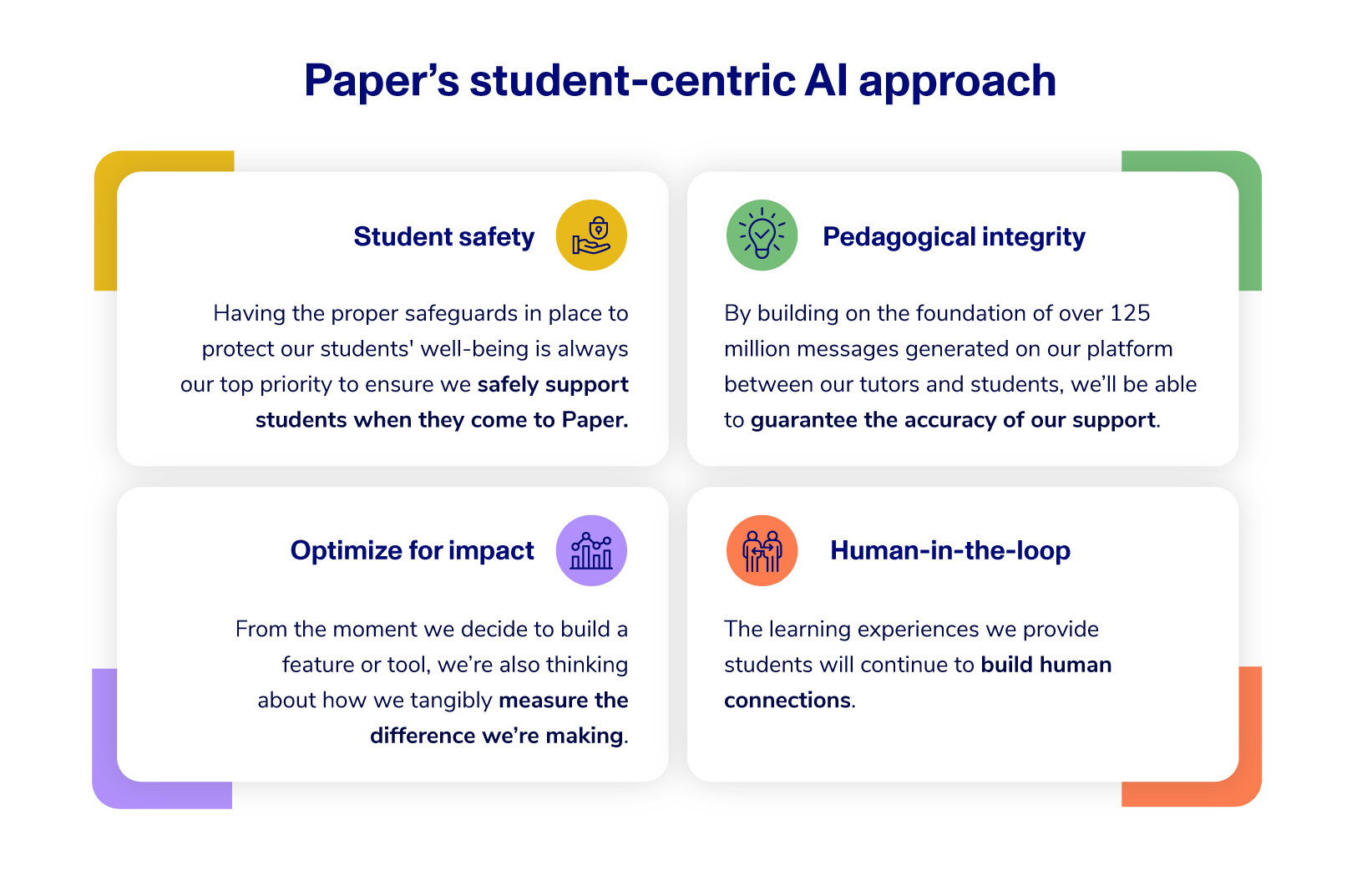
Student safety
Our commitment to student safety at scale has been unwavering, and we’ll remain passionately committed to it throughout the future of education. The U.S. Department of Education explains that safety in AI centers around student data privacy, security, and governance. We’re taking that a step further to include:
- Ensuring that the language used by AI is appropriate for a student’s age level and is not harmful (e.g., profanity) and,
- In the event where discussion between AI and a student shows signals of behavioral or mental health issues, it is immediately escalated to an appropriate person (e.g., parent, teacher) to intervene.
We already have several safety measures in place on our platform, including our own SafeScan tool that scans our sessions in real time to flag any worrisome behaviors and student safety concerns, 24/7 supervision by our Platform Management team, and a tiered response system that guides decision-making and outreach for worrying student behavior and mental health issues. During this school year alone, we flagged over 46K troubling messages and supported and reported more than 1,700 incidents where we were concerned about student mental health. Sixty-five of these incidents were considered severe, and immediate response was necessary for the health of the student. These safety measures have played a pivotal role in saving students’ lives.
Paper will continually assess and update our measures to align with evolving technology and student needs. Our plan is to hold any implementation of AI that has direct access to students to an even higher standard than our human workforce.
Pedagogical integrity
We have always been intentional about delivering academic support that is pedagogically sound because we believe it is crucial to providing effective and impactful learning experiences for students. Although tools such as ChatGPT can give all students access to different types of academic support, we have to be certain that the support they receive is pedagogically sound. It is important to remember that not all students learn the same way, and we need to use the right approach to support their individual needs.
We have all read stories about ChatGPT getting simple math problems wrong or providing the wrong factual information. Although we hope that it will continue to improve, ensuring that an AI tutor is factual and accurate is only the first step. At the same time, it is important to remember that not all students learn the same way. At Paper, we see the majority of students using our whiteboard, uploading pictures, or using voice-based tools to work on problems with tutors. While we are excited that multimodal generative AI is developing, matching a student’s learning style is still a vital part of effective educational support.
This is why we have always set a high bar for those who tutor at Paper. As we scaled up our tutoring operations, we felt the need to develop our own pedagogical framework, the Paper Method, in order to train our workforce to effectively provide academic support through chat. Most AI tutors that exist today either give students the answer directly or use the Socratic method to ask questions that guide learners toward solving problems themselves. But it isn’t as simple as that.
Paper was the first company to use Socratic teaching principles in online chat-based tutoring. We still believe this can be great in specific scenarios, but an effective teacher or tutor can adapt and adjust their methods based on the student. We recently analyzed thousands of sessions to understand why students get stuck on a problem. We found that almost 50% of students who come to Paper need help because they didn’t understand or learn a specific concept. There is no level of Socratic teaching principles that can help a student in that situation. This means that AI support offered to a student should adapt to their needs.
As we introduce new AI technology into our products, we will ensure that the support we offer continues to be accurate, is aligned with our pedagogical framework, and can adapt to a student’s individual needs. We will lean on the millions of student outcomes in our tutoring sessions—and the 125 million platform interactions between students and tutors that we’ve evaluated—to gain valuable insights and elevate any implementation of AI in tutoring.
Optimize for impact
We recognize that building a variety of innovative AI features and tools on its own is insufficient. It is equally (if not more) important that we’re able to measure the difference we’re making as we think through building these new offerings. From the moment we decide to build a new feature or tool, we will prioritize impact assessment to ensure it is effective and delivers meaningful outcomes for students.
We recently published a study with Hillsborough County Public Schools that showed that students who submitted more essays to Paper for review had higher spring Florida Standards Assessments ELA achievement scores. A second recent case study with Bay St. Louis-Waveland School District proved the effectiveness that our ESS had on students’ standardized test results. These examples demonstrate we’re delivering on our purpose by providing students with the opportunity to practice and receive support and seeing the impact accelerate their learning.
Paper works closely with our district partners, which allows us to publish case studies like those above. We choose to be open and transparent with them about the successes and challenges of our product. The introduction of generative AI technology into our platform will not change that. We will continue to be open and transparent about the limitations of AI and will ultimately measure the success of these products by looking at the impact on student outcomes.
Human-in-the-loop
Although AI technology is a powerful tool, we recognize the value of human connection, expertise, and guidance in education. Our tutors serve as teachers, leaders, and mentors—providing emotional support, encouragement, and motivation to students. They create a uniquely nurturing environment where students feel heard, valued, and understood. This human connection makes a difference in boosting students’ confidence and preparing them for a successful life after school. We will always strive to strike the right balance between technology and human interaction. As we forge ahead, we will harness the power of AI while cherishing the invaluable human connection that lies at the heart of our ESS.
Exciting opportunities ahead
We are excited about the major progress in generative AI and how that will impact education. At Paper, we understand that this new technology will have a positive impact on our ESS and on academic support in general. We expect it to make the experience more personalized, adaptive, and fundamentally impactful for students.
Saying that, we are integrating this new technology quickly, but cautiously. Over the summer, we’ll be rigorously testing new support methods to ensure our new features are safe, pedagogically sound, and transparent. Above all, we will ensure that we engage and connect before students interact with our products. As leaders in the edtech space, we take our responsibility to students very seriously—and their needs will always come first when we evaluate and integrate new technologies.
Roberto Cipriani
Co-Founder & Chief Technology Officer

